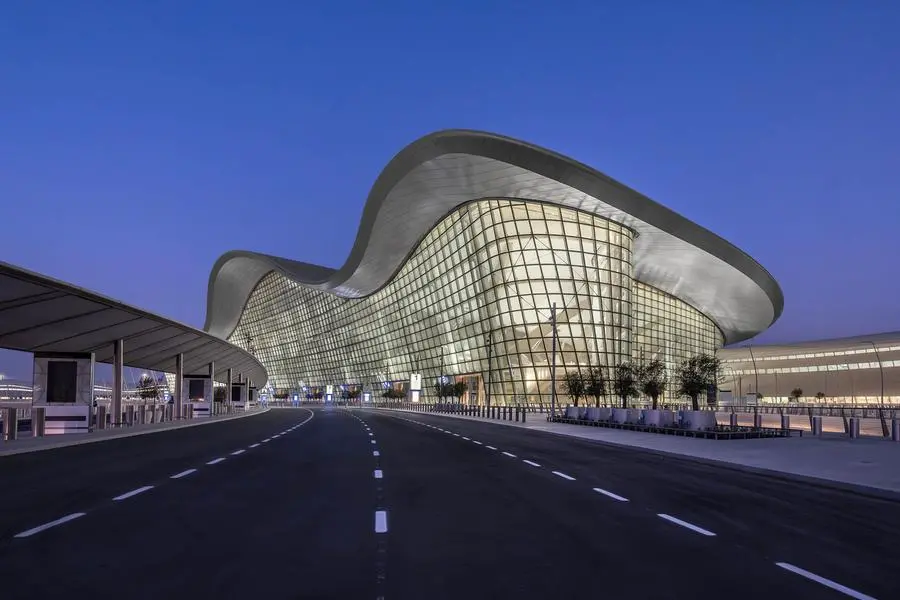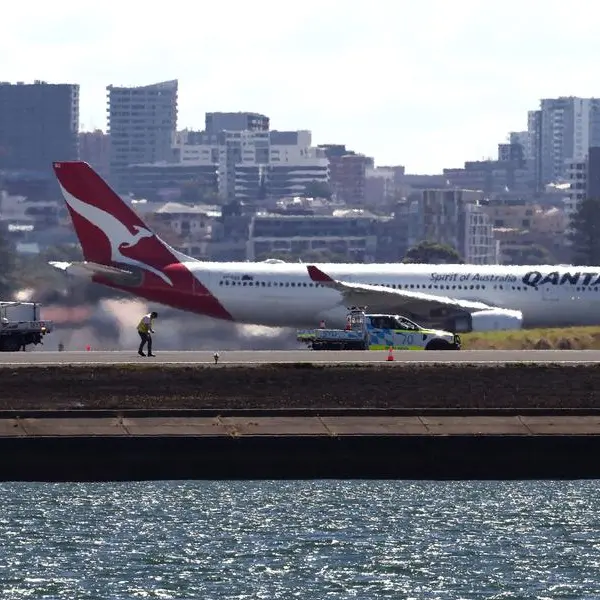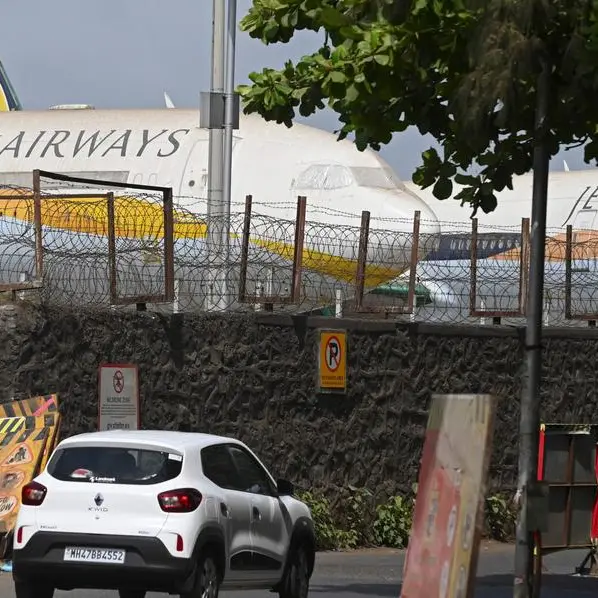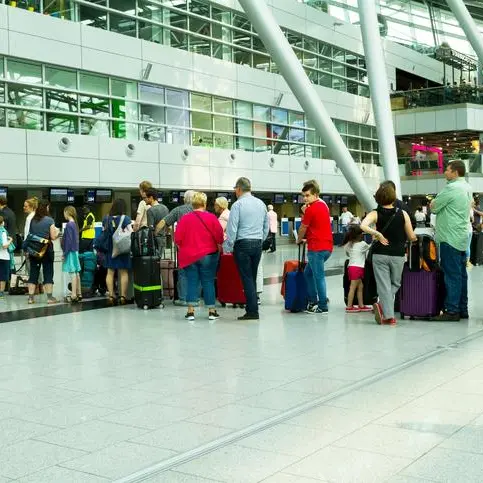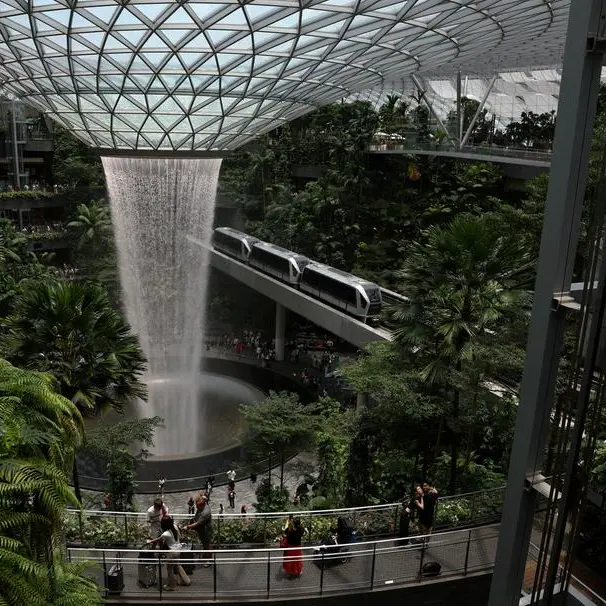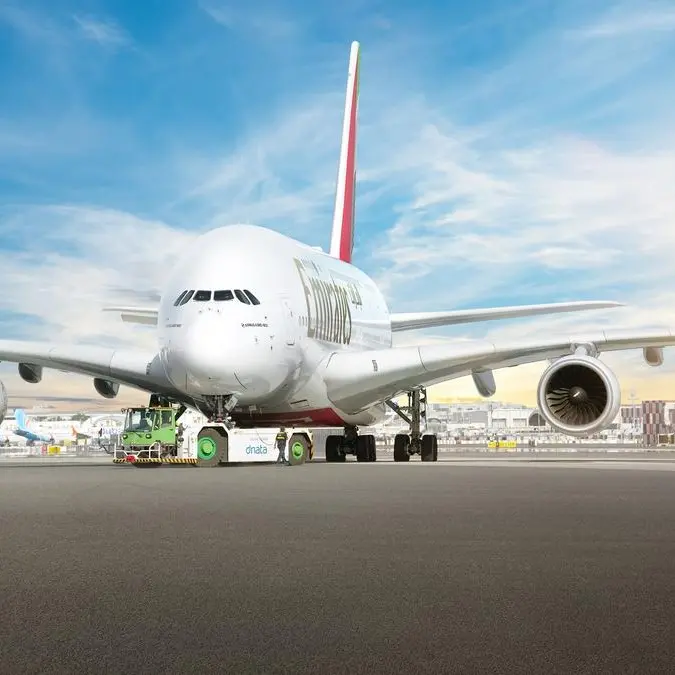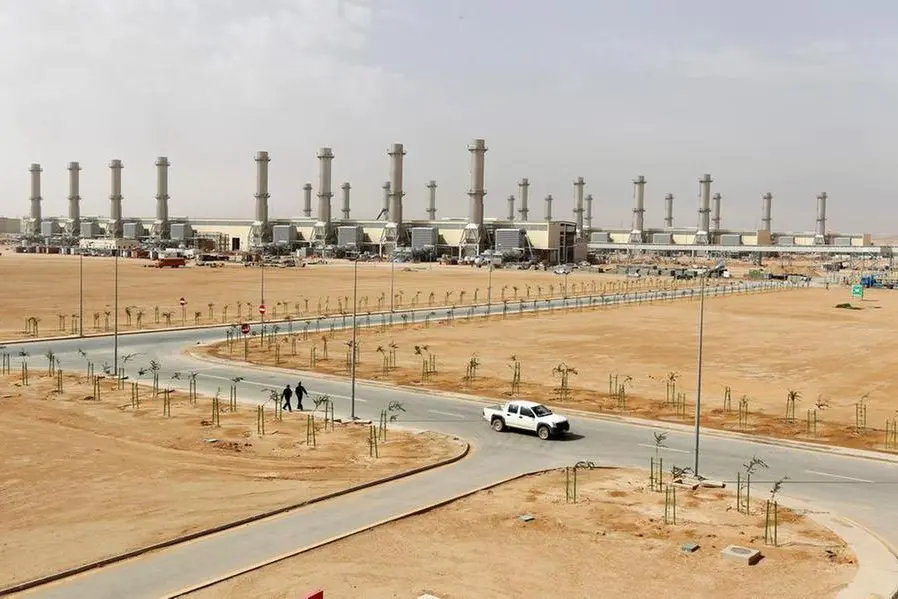PHOTO
Abu Dhabi International Airport has announced that 2024 will be a year of “exponential growth” for the airport, with the current master plan now also including the future construction of a new satellite building to allow for an increase in capacity for the target of 45 million passengers by 2030.
Speaking at a media roundtable, Managing Director and interim CEO Elena Sorlini said the airport had already reported a 50% year-to-date growth in passenger numbers for October, adding that the region’s geopolitical tensions has had no “significant impact” on its growth projections despite Etihad Airways temporarily suspending services to Israel since the start of the war with Gaza last month.
“We are at a very positive time for the airport, with exponential growth [...] The passenger feedback has been very good,” Sorlini added, referring to the response to the opening of the flagship Terminal A earlier this month, a sprawling 742,000 square-metre structure constructed at an estimated $3 billion, according to multiple media reports.
“We have already recorded 20% seasonal growth, from summer to winter, with 2023 ending with 23 million passengers, up from the 21.9 million recorded in 2019,” she said.
According to Sorlini, next year will also see growth in the “double digits”, especially as the new terminal project heads into its second phase of construction.
Room for expansion
“At time of building the master plan, we had planned for connectivity between Terminal A and a future satellite building, allowing us to futureproof the facility,” said Sulaiman Al Siksek, Chief Programs Officer at Abu Dhabi International Airport, who is overseeing its future expansion.
Terminal A, which is divided into four piers, or concourses, will also see the US pre-clearance operations move into its Pier C section from the current US Customs and Border Protection facility, according to Al Siksek.
He added that the next phase in airport expansion could take up to a decade to complete, especially as Abu Dhabi Airports hits its projected target in passenger numbers, with the facility also looking to expand on the number of airlines it caters to, which currently stands at 28, four more than the older airport..
Facilities at Terminal A could very well rival some of the topmost airports in the region, if not the world, once completely operational, with the 138-room hotel facility expected to open in Q1 2024, with Chief Commercial Officer Maureen Bannerman revealing they were also looking at bringing in additional services to cater to their overnight and transit passengers, which could range from sleeping pods to more lounges.
“Currently, 50% of our traffic is point-to-point, which is what we welcome at the point,” said Sorlini, adding that it is an optimal number to capture “resilient traffic”.
The airport, which will be renamed Zayed International Airport on February 9, also has a Phase 3 to accommodate its future growth, which Sorlini described as a “modular expansion that will open up multiple levels and draw investments when traffic numbers are higher.”
The adoption of state-of-the-art technology such as AI, along with green practices, is also part of the strategic plan adopted by Abu Dhabi Airports. The technology includes seamless connectivity that allows for kerb-to-gate movement in 12 minutes, an expansion of its biometrics for a contactless experience and 7,450 solar panel parking shades, enabling Terminal A to save 5,300 tonnes of carbon emissions annually.
(Reporting by Bindu Rai; editing by Seban Scaria)
